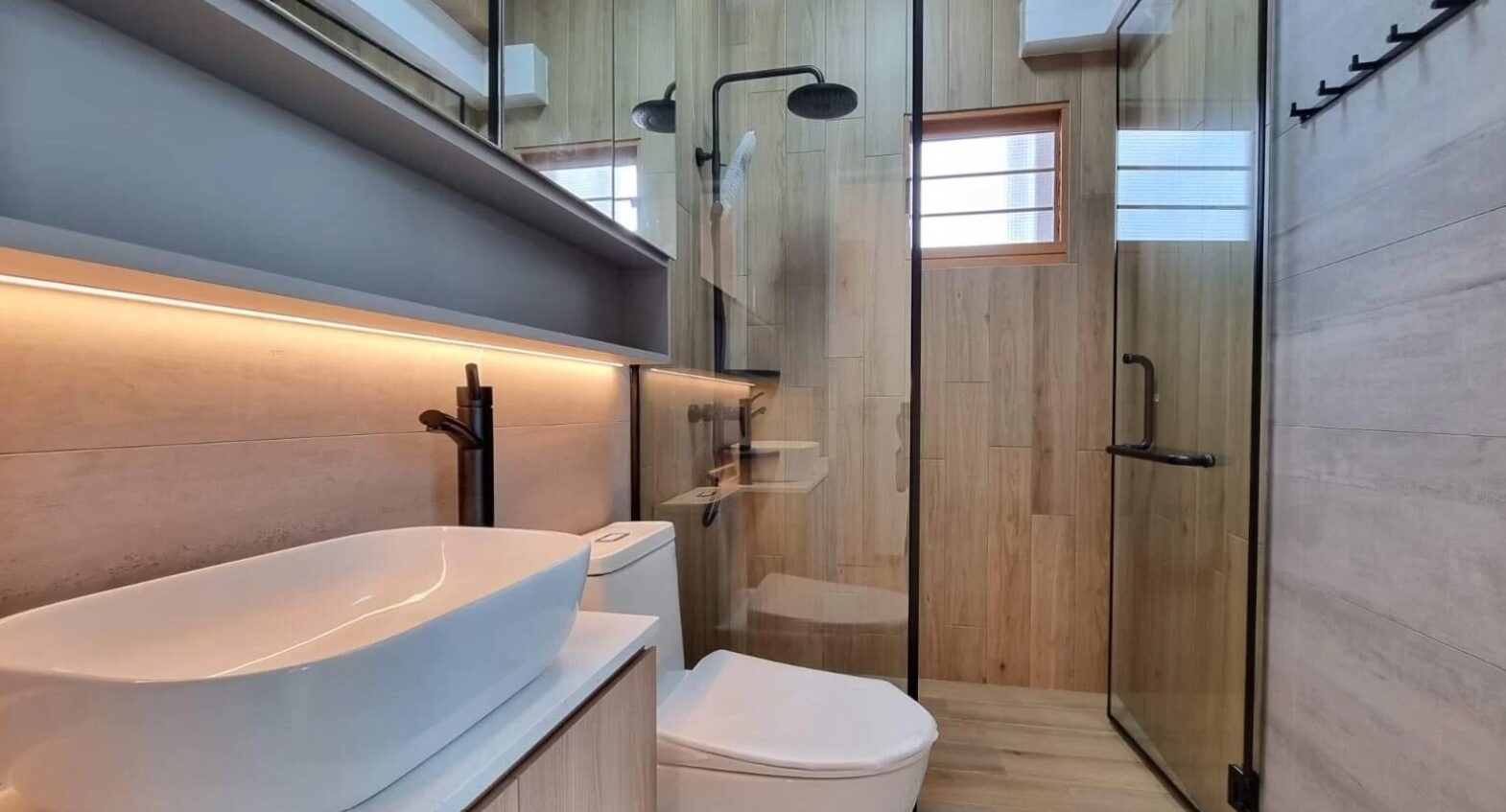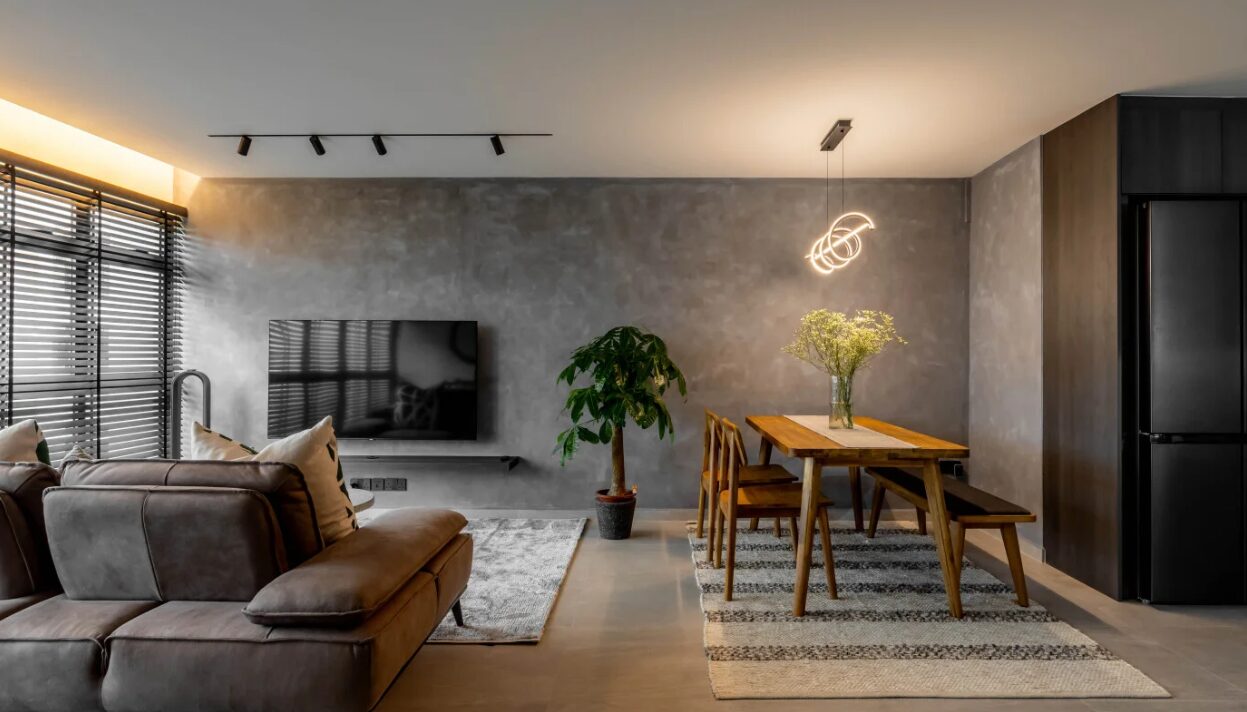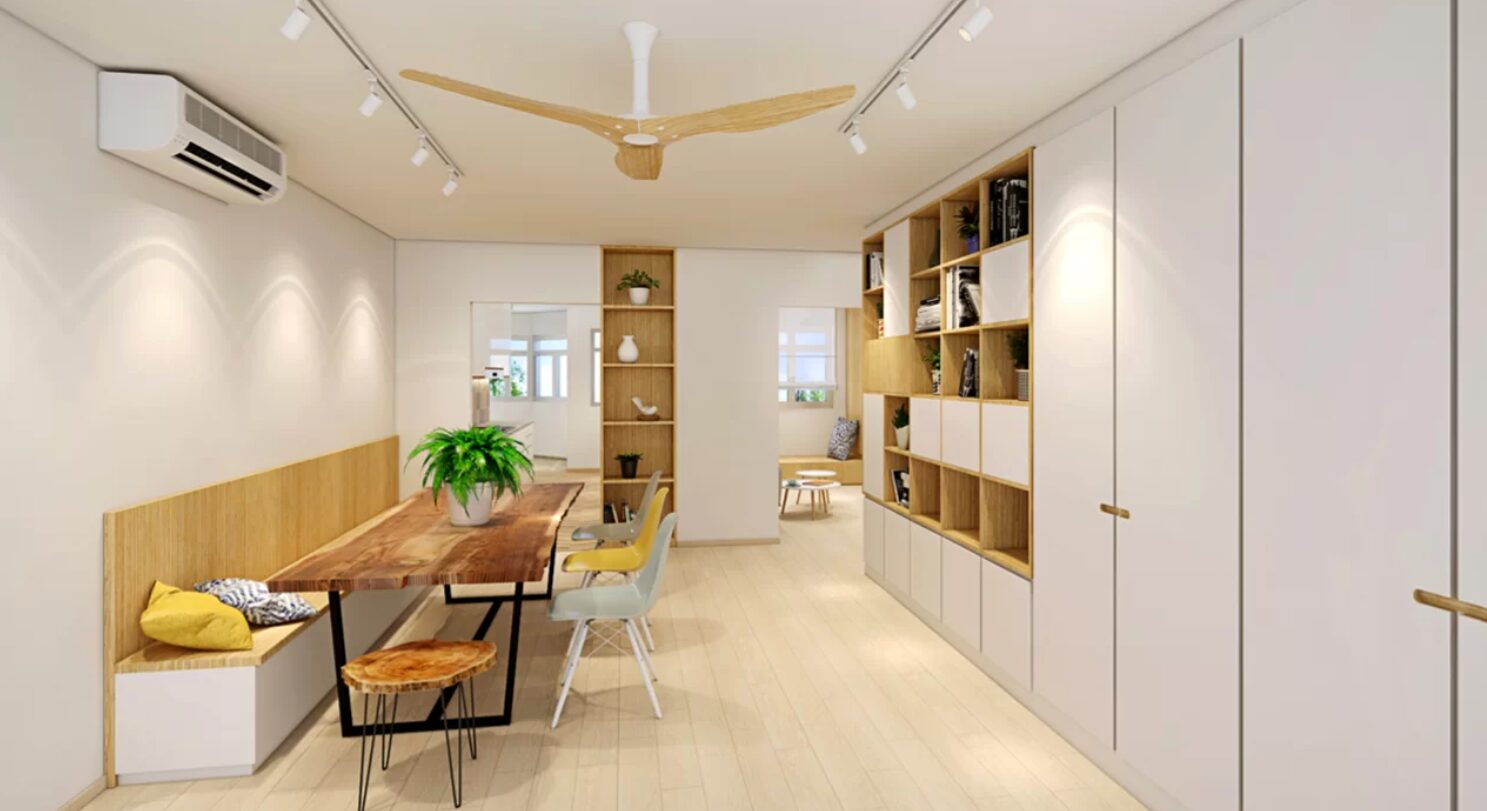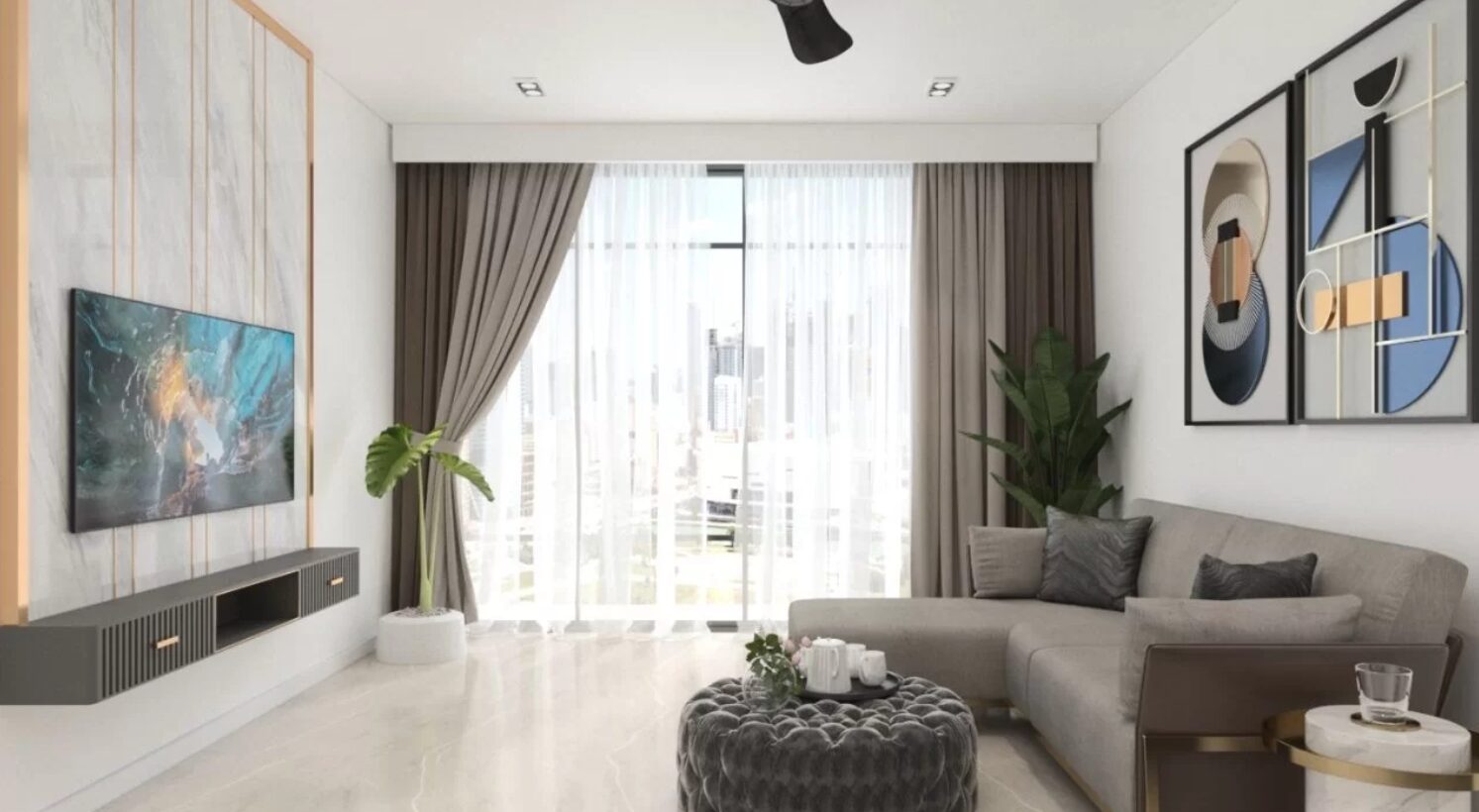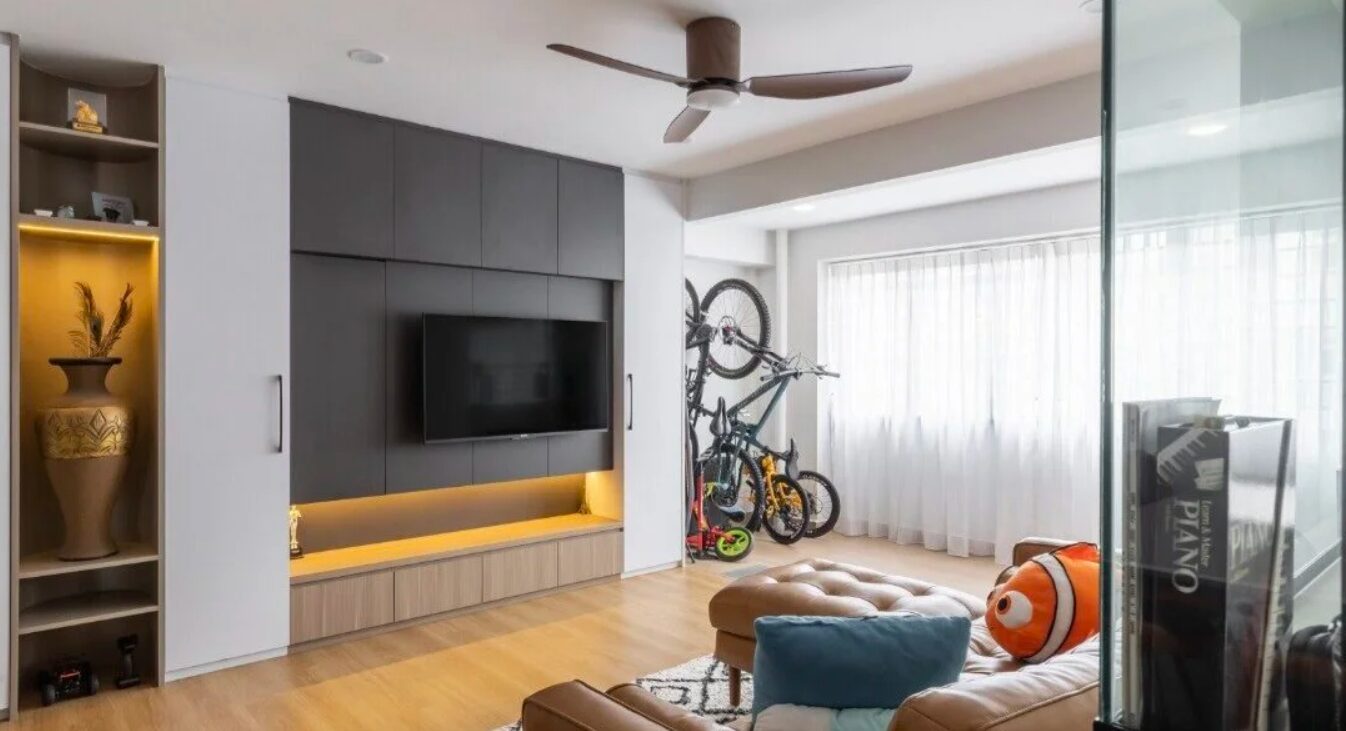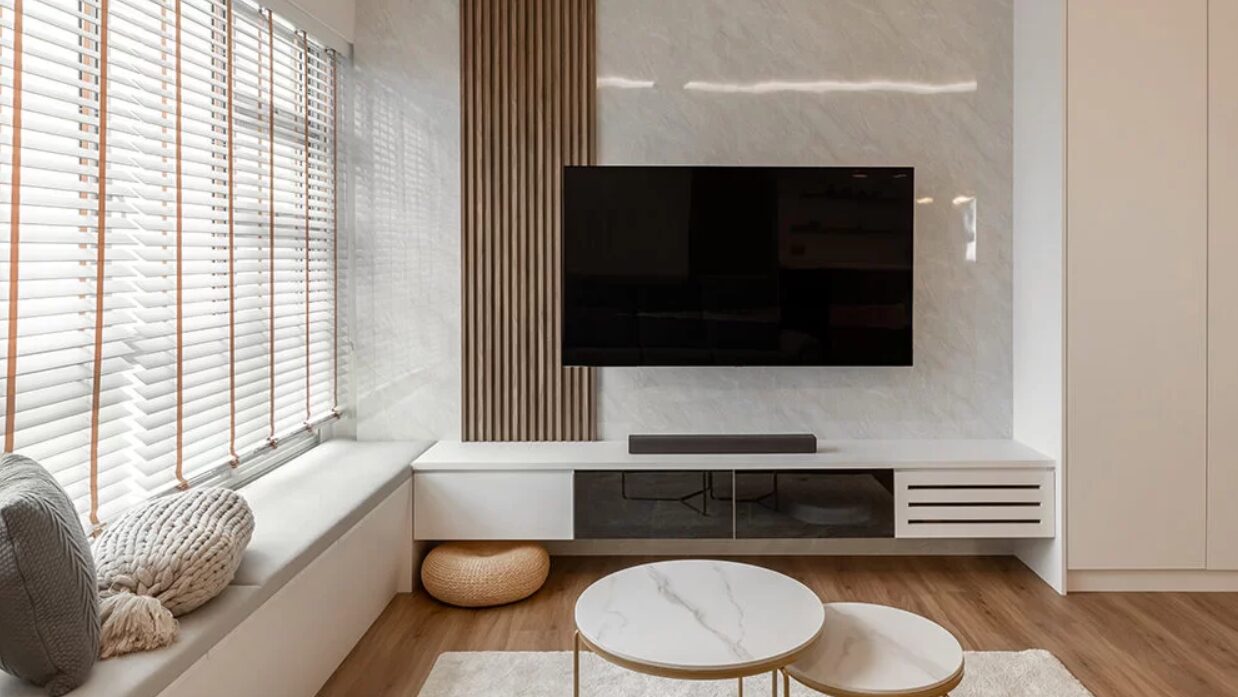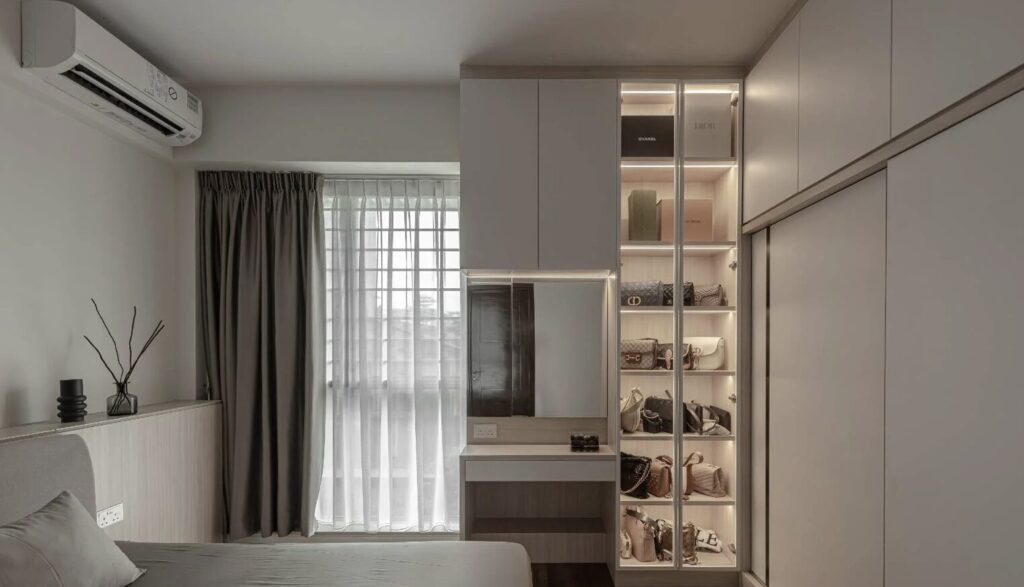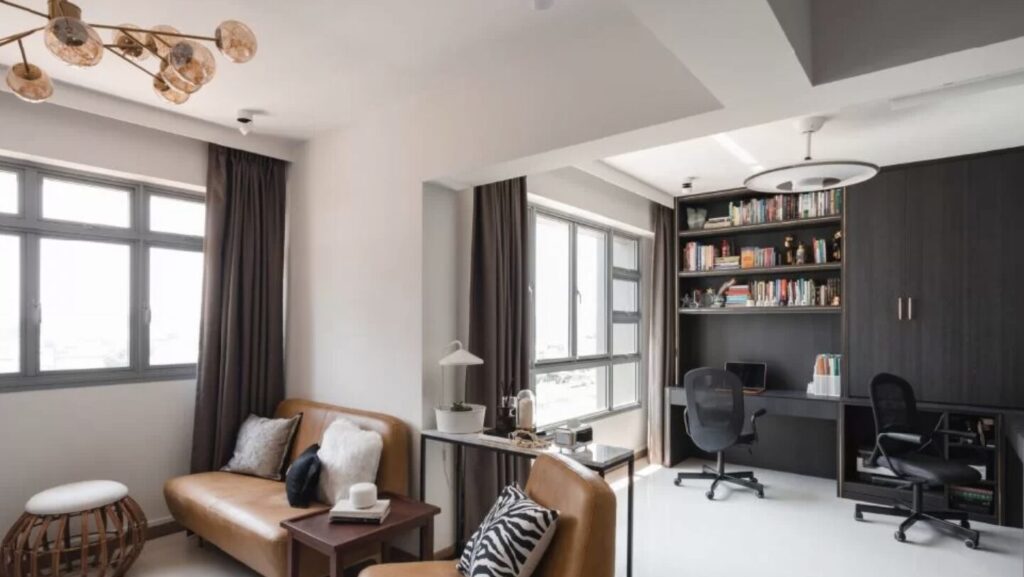Transform Your Home into an Eco-friendly Paradise
| Topic | Key points |
| Benefits of Eco-friendly Homes | Reduced energy consumption, healthier living space, increased property value, resource conservation |
| Energy Efficiency Strategies | Improved insulation, use of energy-efficient lighting, recycled materials like steel and rammed earth |
| Eco-friendly Home Features | Passive solar design, water conservation systems, high indoor air quality, natural ventilation |
| Renovation Tips | Upgrade windows and doors for insulation, incorporate renewable energy, use eco-friendly fixtures, choose sustainable materials |
In recent years, the concept of eco-friendly living has taken center stage, transforming the landscape for homeowners who are increasingly conscious of their environmental impact. This shift is particularly notable in Singapore, a bustling metropolis where space is at a premium, and sustainability is an integral part of national planning. Embracing eco-friendly home designs not only contributes to environmental conservation but also offers a multitude of benefits for the homeowner, from reduced utility costs to healthier living environments. This article explores the advantages of eco-friendly homes in Singapore, provides insights into making your home more energy-efficient, and offers practical tips for integrating sustainable practices into home renovations. Whether you’re considering a new build or upgrading an existing property, understanding the features and strategies of eco-friendly living can pave the way for a more sustainable future.
What are the benefits of eco-friendly homes in Singapore?
Eco-friendly homes have increasingly become a popular choice among homeowners in Singapore. This is largely due to the myriad benefits they offer. One of the most significant advantages is the reduction in energy consumption. Eco-friendly homes are usually equipped with energy-efficient appliances, solar panels, and smart home systems that optimize the use of electricity, thereby reducing utility bills. Along with this, they utilize sustainable building materials and construction practices that contribute to lower carbon footprints. Choosing sustainable options for your home, such as eco-friendly paints and flooring, not only helps the environment but also creates a healthier living space by improving indoor air quality, which is essential for the overall well-being of the home’s occupants. For more inspiration, you can explore affordable interior design ideas for Singapore’s HDB living to incorporate eco-friendly practices.
Moreover, eco-friendly homes can also enhance property value. As more buyers become conscious of environmental sustainability, homes that embrace eco-friendly designs and green certifications typically command higher resale values. This trend aligns with the principle of renovation efforts adding value to a property over time. As sustainability continues to take center stage, investing in eco-friendly designs can lead to long-term financial benefits, not just immediate utility savings. Alongside energy efficiency, eco-homes often integrate greenery and natural elements into their design—even small details like potted plants can significantly impact the mood and aesthetics of a space. For handy tips on incorporating greenery into your living space, consider checking out the benefits of indoor plants and their air-purifying qualities.
Eco-friendly homes also contribute positively to the community by conserving resources and decreasing the need for non-renewable materials. This is achieved by using technology and design elements that make the home more self-sufficient, such as rainwater harvesting systems and composting. These eco-conscious practices align well with Singapore’s national strategies to limit energy consumption and promote a sustainable urban environment in the face of land and resource constraints. To learn more about creating a sustainable home environment, exploring ideas on green living could provide insights into embracing eco-consciousness.
How can I make my Singaporean home more energy-efficient?
Improving the energy efficiency of your home is not just about installing solar panels or upgrading appliances; it requires a holistic approach that encompasses design, behavior, and technology. In Singapore, where the weather is predominantly hot and humid, minimizing the use of air conditioning while maintaining comfort is a critical concern. One of the simplest yet most effective energy-saving strategies is enhancing your home’s insulation. This not only reduces heat gain during the hottest parts of the day but also maintains indoor temperatures, which cuts down the need for constant air conditioning. Moreover, switching to energy-efficient lighting solutions, such as modern track lights, allows you to enjoy the benefits of good lighting while consuming less power.
Another popular material is recycled steel, which significantly reduces the environmental footprint associated with mining and refining. Recycled steel is used in constructing building frameworks and facilitates energy-efficient designs due to its reflective properties, which help regulate indoor temperatures. Additionally, rammed earth is another sustainable building material gaining traction for its thermal mass properties, providing natural cooling and heating to reduce dependence on energy-intensive systems. The warm, earthy aesthetic offered by rammed earth harmonizes well with minimalist interior design trends, a trend rapidly growing in popularity across Singaporean homes.
Green roofing materials like vegetative roofs are beneficial not only for their insulating properties but also for improving urban air quality and reducing rainwater runoff. These living roofs, covered in plants, contribute to the aesthetics and biodiversity of urban areas while enhancing insulation. For floors and countertops, homeowners are increasingly turning to recycled materials such as glass countertops and tiles made from repurposed materials, which provide beautiful, modern, and eco-friendly designs. Incorporating these materials effectively into your home could involve a mix of modern interior design techniques to achieve a clutter-free environment.
What are the key features of an eco-friendly home design?
An eco-friendly home design incorporates numerous sustainable building practices alongside innovative technology to minimize its environmental impact and maximize efficiency. At the heart of eco-friendly homes is the passive solar design, which strategically positions the home and its windows to take advantage of natural sunlight and shade, maximizing energy efficiency. This design reduces the need for artificial lighting and heating, contributing to a reduction in utility costs and energy consumption. Many eco-friendly homes emphasize open-concept spaces to facilitate ventilation and the exchange of air, allowing natural cooling to take place in Singapore’s tropical climate. To understand more about the benefits of such designs, consider exploring the advantages of open-concept living.
Water conservation systems are another hallmark of eco-friendly home design. Implementing greywater recycling systems and rainwater harvesting can significantly reduce water usage, aligning with Singapore’s efforts to ensure long-term water sustainability. These systems capture rainwater and wastewater beyond typical domestic uses, employing filtration processes to make them suitable for garden irrigation or even indoor use, generating both savings and improving water self-sufficiency. If seeking the latest interior trends of 2023, having a quiet luxury design at home often incorporates such sustainable elements for a harmonious blend of style and functionality.
Additionally, an eco-friendly home often prioritizes indoor air quality with superior ventilation systems and non-toxic materials, providing a healthier environment. Elements like low-VOC paints, seals, and adhesives help ensure that no harmful chemicals are released into the home, directly benefiting the armed health of the residents. Thermal mass elements like concrete and bricks are often used for their ability to absorb, store, and release heat, naturally regulating indoor temperatures. These features, combined with the addition of eco-friendly lights and fixtures, optimized to reduce energy waste, create a wholesome approach to sustainable and enjoyable contemporary living.
How can I renovate my existing home to be more eco-friendly?
Renovating an existing home to make it more eco-friendly is a rewarding process that can considerably reduce your environmental footprint while enhancing your home’s comfort and aesthetic appeal. A great starting point is upgrading your old windows and doors with more effective alternatives that improve insulation and energy efficiency. Double-glazed windows or those with low-emission coatings can reduce heat transfer and minimize the home’s need for artificial heating and cooling. For more ideas on renovating your home sustainably and economically, you can refer to guides on renovation money-saving strategies tailored for Singaporean homeowners.
Incorporating renewable energy sources, such as solar panels, is another effective strategy. With Singapore’s ample sunshine, utilizing solar power can significantly reduce electricity bills and reliance on non-renewable energy sources. Installing solar panels on the roof can be a significant investment, but it ensures a sustainable energy supply for years to come. Additionally, renewable energy systems can often qualify for investment rebates or subsidies, making them cost-effective over time. Alongside this, consider enhancing your home with wind turbines or installing energy-efficient HVAC systems to further advance green electricity consumption.
Besides systemic changes, smaller alterations such as fitting efficient lighting solutions throughout the home and replacing old appliances with Energy Star-rated ones substantially enhance a home’s efficiency. Opting for water-saving fixtures like low-flow toilets, showerheads, and faucets is another simple yet impactful way to decrease water usage and contribute to eco-friendliness. For those interested in interior design, integrating minimalist interior design practices while thinking sustainably can bring about transformative results.
When planning an eco-friendly renovation, evaluating sustainable and local materials is crucial. This may include choosing naturally sourced furniture, incorporating reclaimed wood or recycled metals, and even using refurbished or upcycled furniture to decorate your space. Making eco-friendly tweaks to your home doesn’t just benefit the environment, but it also instills a welcoming aesthetic that breathes new life into your living spaces.
Finally, when renovating, always think about the home’s life cycle impact. This involves considering the total environmental effect from construction to demolition. Prioritize materials and systems that are not just environmentally friendly during their use, but also at the start and end of their life cycles. By taking these steps, you can ensure that your home renovation project contributes to a more sustainable future, while also providing a comfortable and inspiring living environment for you and your family.
FAQ
What simple changes can I make to enhance energy efficiency in my home?
You can enhance energy efficiency by using energy-saving lighting, improving home insulation, and selecting appliances with high energy efficiency ratings.
How does passive solar design contribute to an eco-friendly home?
Passive solar design utilizes the natural position of the sun to maximize natural light and heat, reducing the need for artificial lighting and heating, thereby saving energy.
What steps should I take to incorporate renewable energy into my home?
To incorporate renewable energy, consider installing solar panels or wind turbines, and explore government incentives for renewable energy systems to make the process more affordable.
How does choosing sustainable materials impact my home’s eco-friendliness?
Opting for sustainable materials, like recycled steel and rammed earth, reduces environmental impact, promotes efficient energy use, and can enhance the indoor atmosphere with a modern, natural aesthetic.
Are you looking to upgrade your home into an eco-friendly? Look no further! Drop us an enquiry at [email protected] and let us help you transform your home into a smart and efficient living space. Our experts are here to assist you in finding the perfect smart home devices to suit your needs and enhance your lifestyle.
Designing your dream home can be an exciting journey, but it can also be overwhelming. With so many options and styles available, it can be challenging to decide what is best for you and your family. However, by considering factors such as functionality, color palette, furniture, materials, and personal style, you can create a space that is not only beautiful but also practical and comfortable.
When it comes to achieving a successful interior design project, choosing a provider with a rock-solid reputation and exceptional skills is paramount. At Redbrick Homes, we understand that inspiration is key. That’s why our top-quality interior design partners are ready to wow you with beautiful, personalized spaces brimming with exceptional Singaporean ideas.
Remember to take your time, do your research, and work with a professional if needed. With the right interior design choices, you can transform your house into a dream home that you’ll enjoy for years to come.


